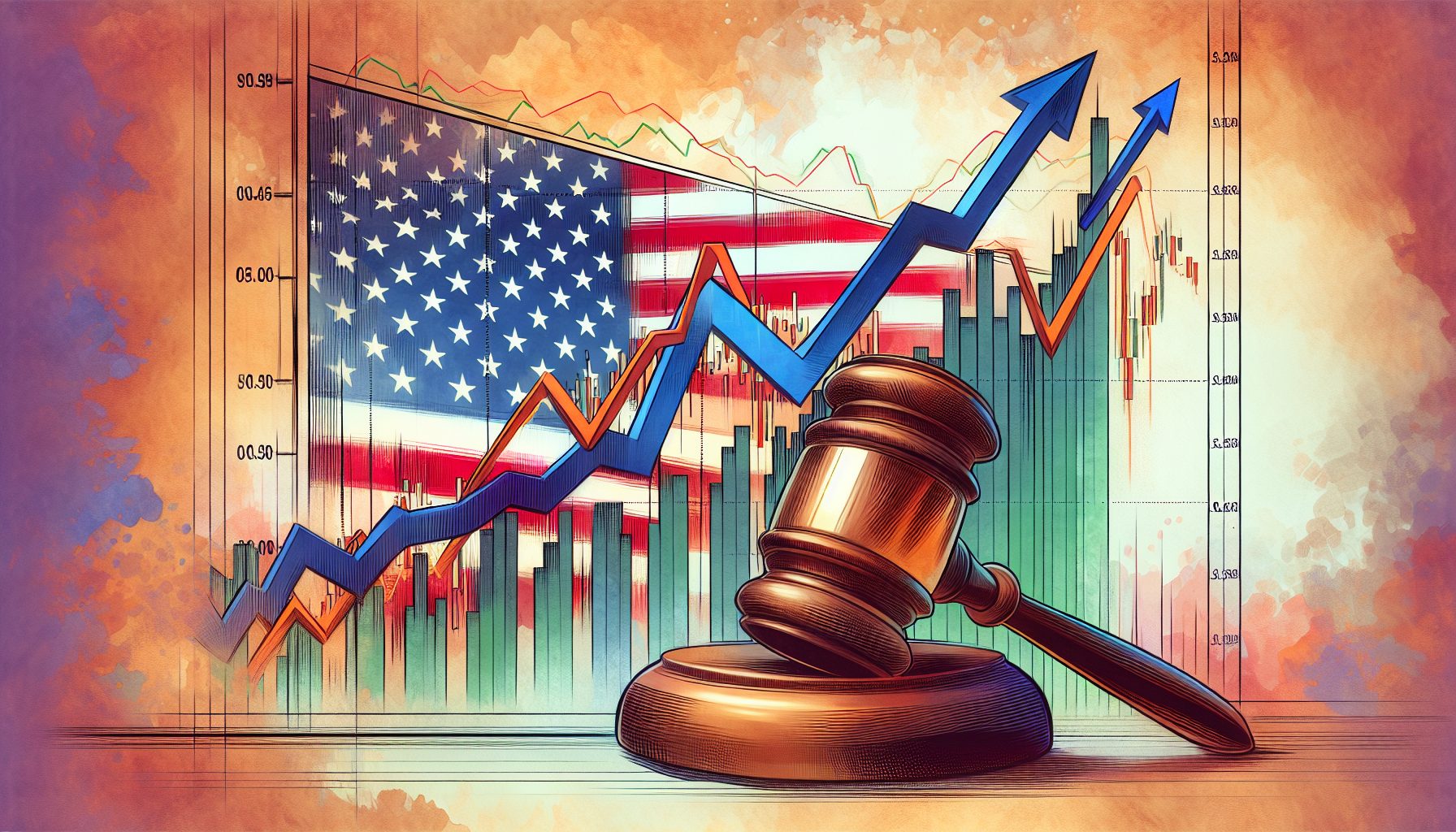On Wednesday morning, the American stock futures experienced a surge, with Dow Jones Industrial Average futures rising by 0.8%, and S&P 500 futures increasing by 0.17% ahead of the Federal Reserve’s policy decision. Investors also witnessed a slight boost of 0.12% in the Nasdaq Composite futures. This upward movement could signify a potential comeback for the US equity market, possibly due to hopes for a lenient stance on interest rate hikes by the Federal Reserve.
Wall Street shows signs of recovery with the Dow rising 320 points or 0.8%, and the S&P 500 elevating by nearly 0.6%. The Nasdaq Composite also saw a rise of around 0.4%. Such improvements seem promising after consistent plunges in the previous week. Experts are, however, cautiously optimistic, emphasizing that these gains need to become a lasting upward trend to indicate authentic recovery.
Though the stock market displayed a generally positive performance, the recent slump in tech stocks has raised concerns about their future stability. Plus, the only sectors to see losses in the S&P 500 on Tuesday were communication services, including Alphabet and Meta Platforms. Analysts, however, consider this fall as an adjustment rather than a forthcoming disaster.
The dominant sectors were energy and utility stocks, even though semiconductor stocks lagged a bit, and Bitcoin-related shares significantly declined. Market insiders consider the sector rotation as an indication of economic fortitude and a strong cyclical influence driving the economy.
Chief Investment Strategist at Charles Schwab, Liz Ann Sonders, suggests that maintaining a diversified portfolio that considers this cyclical bias in the market could mitigate risk and enhance investment returns in the long term.
As the Federal Reserve’s two-day policy meeting concludes on Wednesday, interest rates are expected to remain unchanged. However, investors are keenly watching for any signs of the number and timing of future rate cuts. Expectations of fewer cuts are driven by recent high inflation reports.
Sonders suggests that fewer potential cuts could affect the market’s resilience. He believes that this could create instability and have consequences for not just the domestic but also the global economic landscape. Therefore, preemptive strategies are strongly advocated to mitigate potential adverse effects.









